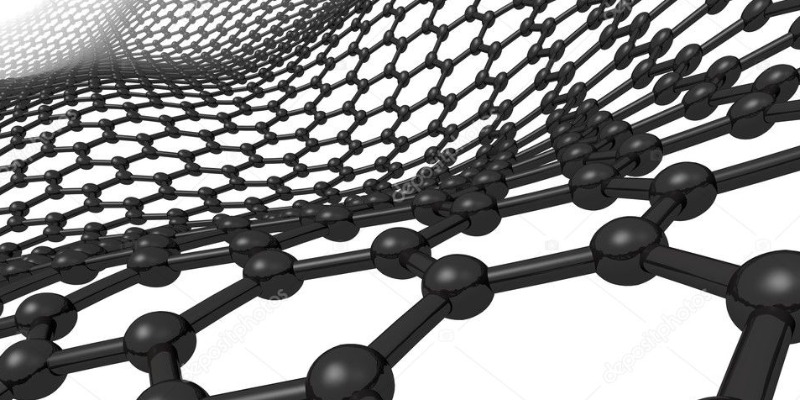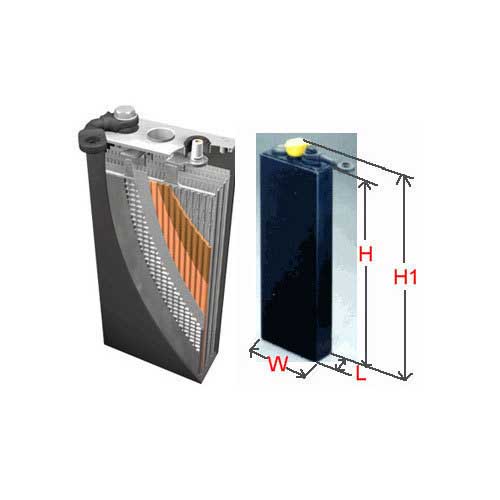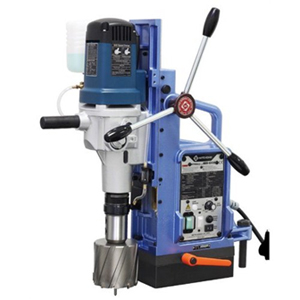Schedule a Call Back
JNCASR scientists develop low cost method for producing graphene
 Industry News
Industry News- Sep 26,20

Researchers from Jawaharlal Nehru Centre for Advanced
Scientific Research (JNCASR), an autonomous institute under the Department of
Science & Technology, Government of India in a breakthrough in their recent
research work have upscaled graphene production, retaining its thin layered
properties.
This new low-cost method of upscaling production of graphene
preserves its single layered properties. This method may reduce the cost of
producing this thinnest, strongest and most conductive material in the world,
graphene.
This research output comes at the right time when India is
contemplating alternative technologies to develop battery options for Indian electric
vehicles (EVs) to do away with the dependency on China for import of lithium
ion cells.  ÂÂ
This was made possible by a simple, affordable method
wherein naphthalene coated nickel foil was heated for a few minutes in an
ordinary vacuum by joule heating and was cooled to get twisted layers of
graphene. A careful study using electronic diffraction and Raman scattering
showed that the 2D single-crystal nature of the atomic lattice of the graphene
is retained even in the multilayer stack. The twisted multilayer graphene that
results is also highly conducting.
Graphene, the one-atom-thick sheet of carbon atoms, which is
a boon for energy storage, coatings, sensors as well as superconductivity, is
difficult to produce while retaining its single layered properties.
In the research by Nikita Gupta (PhD student, JNCASR) and
Prof. G.U. Kulkarni (corresponding author ) published in the ‘Journal of
Physical Chemistry Letters’, the scientists have also defined formula to
quantify how much a single layer like behaviour exists in such a system. The twisted system has multiple layers, each behaving like a single layer, allows
variation in the experimental data within one sample, thus making
quantification possible to achieve. The derived formula provides an insight
into any twisted hexagonal multilayer system and may be used to tune
superconductivity.
The researchers used a combination of two techniques to
understand and quantify how much single layer like behaviour exists in the
graphene system. Raman spectroscopy---a technique to understand whether a
graphene species has a single layer like behaviour arising because of no
interlayer interaction and electron diffraction--a technique to study the
morphology of the given twisted system.
Observing fascinating properties of twisted multilayer
graphene such as visible absorption band, efficient corrosion resistance,
temperature-dependent transport, influencing the crystalline orientation of
source material, helped the JNCASR team to understand the landscape of the
given twisted multilayer graphene system.
A recent publication in the journal ‘Nature’ by James M. Tour,
an eminent peer on this research discovery
(https://doi.org/10.1038/s41586-020-1938-0), confirms the upper limit of
relative Raman intensity predicted by this work, experimentally. The present
understanding of twisted multilayer graphene will help in understanding any
twisted hexagonal system. It gives an upper limit of relative Raman intensity
which can exist in a particular multilayer graphene system.
Related Stories

OMC Power aims 1 GW target, to scale up BESS deployment: Rohit Chandra
In this interview with Rakesh Rao, Rohit Chandra, MD and CEO of OMC Power, highlights the role of the distributed renewable energy sector in driving India’s energy transition.
Read more
Boehlerit’s THETAtec 25N Feed tool system redefines high feed milling
High performance cutting brings productivity increases and measurable cost reductions at the same time. With the new THETAtec 25N Feed, Boehlerit now offers another high-end tool system for this mac..
Read more
ABB India Upgrades Peenya Plant, Adds 25% VSD Capacity
The new line features a combination of advanced robotics and digital production monitoring technology, handling production of large batches with speed and precision and providing real-time visibilit..
Read moreRelated Products

Forklift Battery
Aatous International is a manufacturer and solution provider of a wide range of forklift battery.

Kusam Meco -Wrist Type High Voltage Alarm
‘KUSAM-MECO’ has introduced a new wrist Type High Voltage Alarm Detector - Model KM-HVW-289 having a wide sensing range from 1kV-220 kV AC.
Servotech Power Systems files 2 patents for energy management technologies
Servotech Power Systems, a leading manufacturer of EV chargers and solar solutions, has announced that it has filed two patents for innovative energy management technologies in order to facilitate gri Read more
















